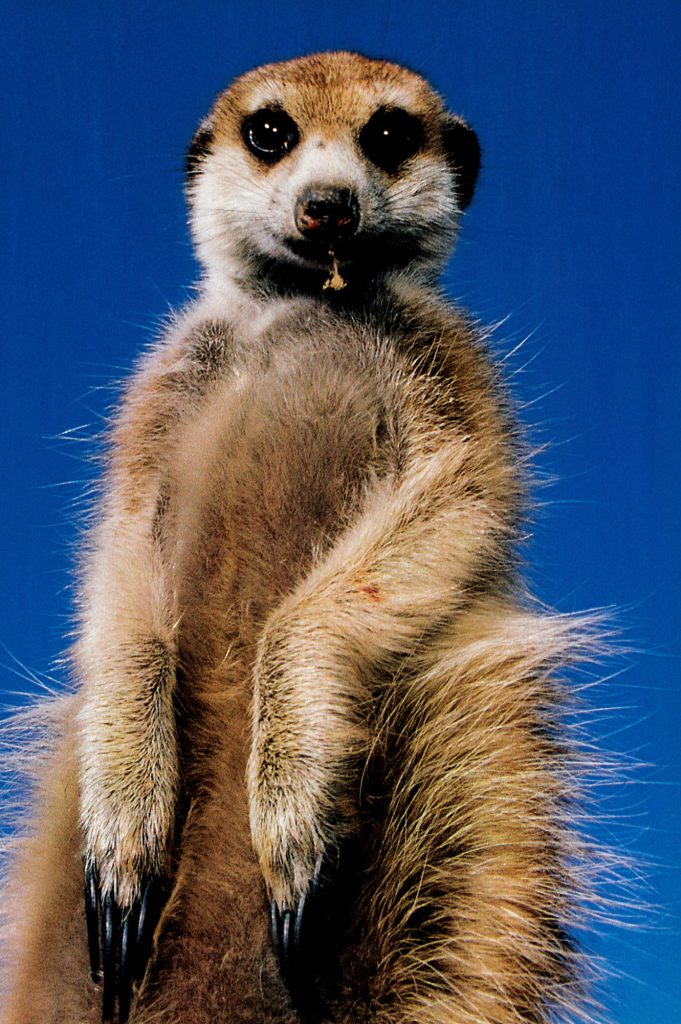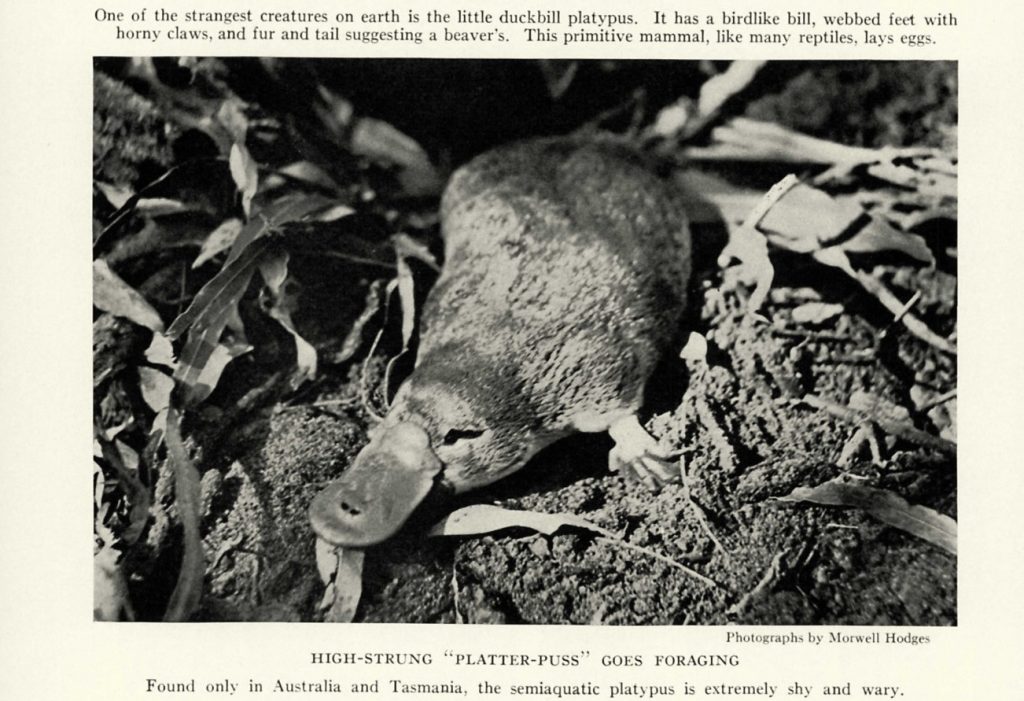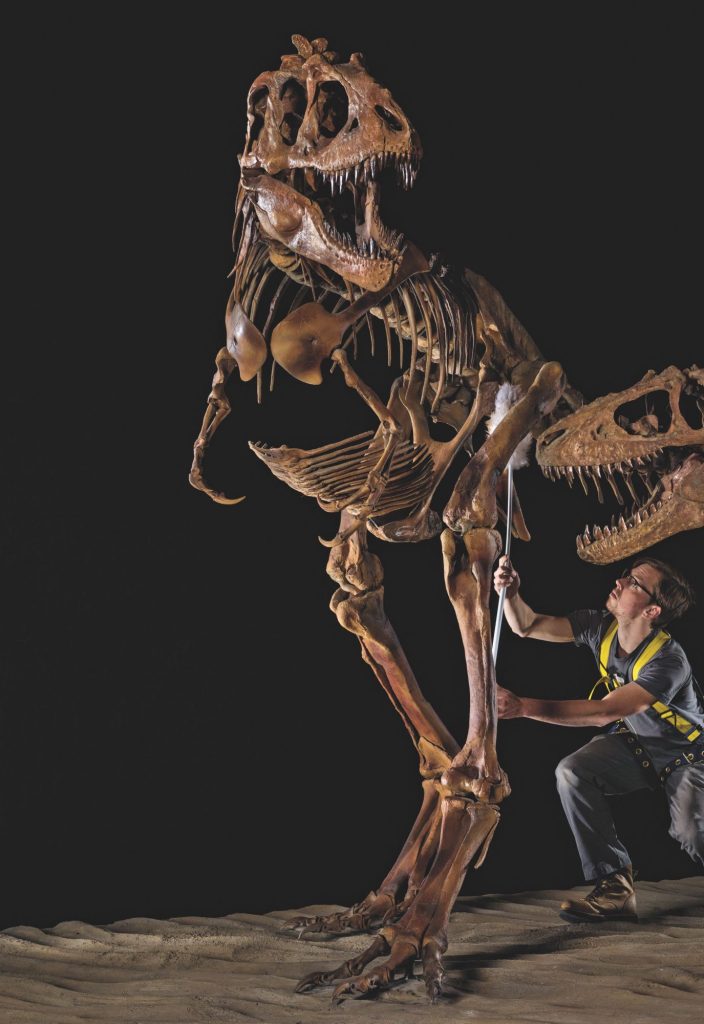Which Australian animal has been described as “an impossible patchwork creature”?
State Library Victoria members can access hundreds of databases from home (if your home is in Victoria). That’s millions of articles, magazines, archives, ebooks, videos, songs, audiobooks and more, available through the catalogue anytime. We’re taking a closer look at new and/or interesting databases as well as hidden gems from our collections. Read on for top picks and tips from Librarians.
Not a member yet? Sign up online first and reward your curiosity.
Today we’re looking at the National Geographic Archive.
What makes this database so great?
The familiar yellow edged cover concealed a wealth of stories and pictures from around the world – a treasure trove of incredible photography and detailed articles on a myriad of topics. This archive includes every issue of National Geographic from its first publication in 1888 until 2015. To find more recent articles (text only), there are a range of options through links in our catalogue.
The National Geographic Society, founded in Washington in 1888, aimed to “increase and diffuse geographic knowledge… its pages will be open to all persons interested in geography in the hope that it may become a channel of intercommunication, stimulate geographic investigation…” 1
You can browse for an issue, search on keywords, or do an image search – content the magazine is deservedly renowned for.
Some highlights
The Meerkats of the Kalahari Desert feature in this article. We learn about Juma and his family grouping, their social structures and mammalian co-operation as key to their survival, plus wonderful photographs.

Australia’s unique fauna has inspired interest and occasionally fear. The platypus described here as “an impossible patchwork creature…equally at home in the water or on the land, boasting something of the fish, fowl, beast and reptile…” 2 is a story of the platypus Splash, cared for by Robert Eadie, honorary curator at Healesville Sanctuary 1932-1937.

Owls are captivating birds. The author of this article developed a relationship with a particular grey owl over a three year period, until the bird disappeared. Other photographs show their adaptability in the face of extreme weather, but also how habitat loss – such as nesting trees – can contribute to their reduced numbers.

The quest for dinosaur fossils calls many skills into play. Here in the striking Utah mountains this story unfolds as paleontologists discover unique species in the mudstone belt of southern Laramidia along the western side of the US.

We hope you enjoy exploring the National Geographic Archive.
We always welcome your recommendations for database trials – let us know what you’d like to see. Have a research query or questions on how to use our online collections? Ask a librarian.
References
- Announcement, National Geographic Magazine, October 1888, p i
- Holmes, Charles H. Australia’s patchwork creature, the platypus. National Geographic Magazine, August 1939, Vol LXXVI, No 2, p 273



Great archive! Shared via my facebook.
Thanks Cris – glad you found it interesting – seeing the publication change over time too.
I recently watched one of their documentaries and was surprised by the beauty and information that I did not know before.
Thank you for this good introduction
Thanks
Hello Aria – the photographs are remarkable – glad that you found this archive after watching the documentary, and I hope you enjoy continuing to explore. Thankyou for your feedback!